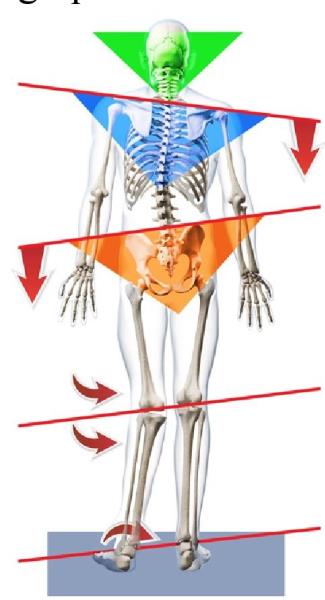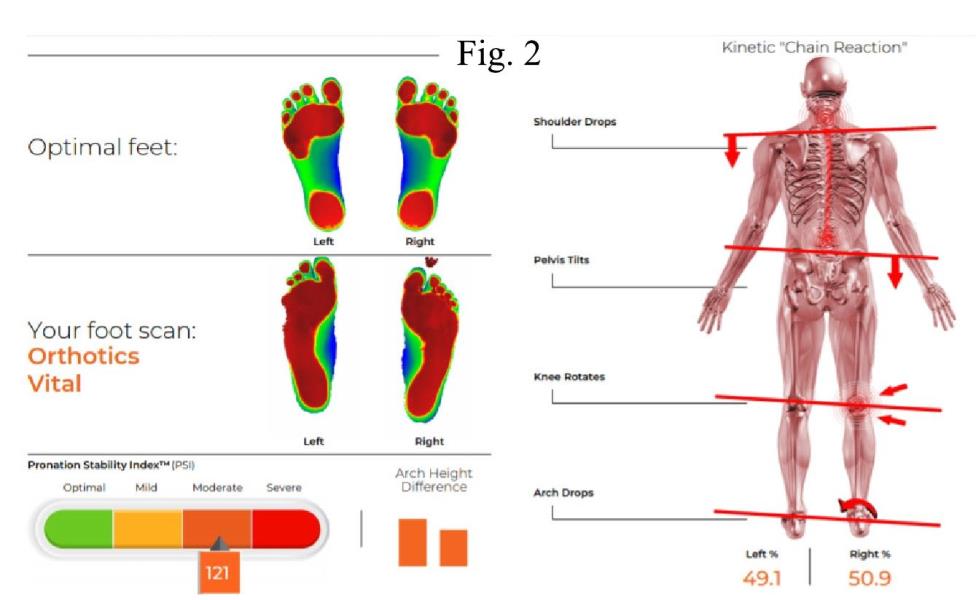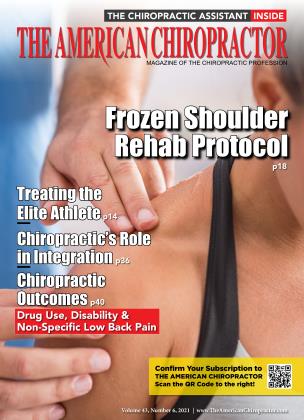In September 2019, I was introduced at a press conference as the new owner of the Albany Patroons, a minor league professional basketball team with a storied history. Many NBA alumni and current coaches and players were once part of the Albany Patroons family. Phil Jackson won his first pro championship as the coach of the Patroons. This opportunity for me came many years after being a long-standing Patroons fan as well as a lover of sports medicine.
I've had experience working with athletes at all levels. In the mid-’90s, I spent four years in the New York Giants locker room and experienced many of the protocols and challenges that occur at that level. I’ve worked for many years with college athletes, and I’ve spent my entire career treating middle and high school athletes. I’ve worked the past nine years as the Director of Sports Injuries and Biomechanics at Christian Brothers Academy in Albany, New York, and the past four years I’ve been in the school one day per week treating students during the school day.
The Wrong Doctors Are in Charge
At this press conference, I told the media what made me take the challenge and responsibility of owning a professional team at this stage of my career. I told them simply, the current system of sports medicine is a reactive system, and it provides too little too late - “the wrong doctors are in charge”. I told them a more proactive program was mandatory, and the Albany Patroons would be the first professional team that would be governed 100% under these proactive protocols. Every athlete would be biomechanically evaluated prior to the season starting, they would be provided custom orthotics, and each would undergo a treatment protocol of two or three times per week depending on what their situation required.
The Player Arrives at Camp
The first thing we did was perform our Structural Fingerprint Exam on every player. I told each player that every human being is Crooked Man (Fig. 1), and we know they have biomechanical faults that have either led to repetitive injuries they’ve suffered or would lead to injuries in their future. Each one of the players had stories to tell of injuries that occurred and the only treatment that had been recommended was physical therapy or rest.
 Fig. 1
Fig. 1
With each exam, we could identify the architectural imbalances that existed in each player. We did digital laser foot scans (Fig. 2) that showed us significant information. First, it measures how much space there is beneath each foot. Secondly, it measures the amount of bodyweight right vs. left. It then provides a topographical mapping of the foot to visualize if there is a collapse of the arches of the feet. And finally, it gives us a numerical value of arch height difference. The primary goal here is to determine if the foundation of their bodies is strong, symmetrical, and supportive.
Needless to say, every player had weakness, asymmetry, and imbalance in their feet and custom orthotics were required for all.
We would then perform a physical exam consisting of visualizing the athlete in the upright, static position. We’re looking for toe-out, toe-in, mild lateral leaning, an excessive extension of the lumbar spine, forward head carriage, unlevel shoulders, etc. We then put them through a full range of motion of major joints as well as the cervical and lumbo-sacral spine to determine if motion was full and symmetrical.
 Fig. 2
Fig. 2
We then take two standing lumbo-sacral X-rays and two standing cervical X-rays. Both series are done barefoot. With the lumbo-sacral X-rays, we were looking for specific findings. We started by measuring femoral head height. With digital x-ray software today, this is an exact number. We then looked at the balance of the pelvis from the A-P view. Were the obturators appearing equal in size and shape? Were the symphysis pubes aligned with the gluteal crease? Were the ilium’s equal in width? Was the lumbar spine aligned? Were there any other findings? On the lateral view, we looked at Ferguson’s center of gravity line as well as the sacral base angle.
With the cervical spine, we looked at the alignment of atlas and axis on the open mouth view. We looked at the centering of the spine in the open mouth cavity. Were there any distortions of the trachea? Were the apices of the lungs clear? On the lateral view, was there a lordotic curve? Were there degenerative changes? Was there a forward head carriage? Several of the players required MRIs of the lumbar spine due to their history of low back conditions, radiating symptoms, acute flare-ups, etc. If MRIs were needed, we had them performed.
Report of Findings
Once all this information was collected on each player, specific recommendations were made - custom orthotics for all. Once the orthotics arrived, we put them in their shoes and re-took the A-P L-S X-ray to determine what changes in femoral head height (fhh) took place. Based on my recent peer-reviewed research study on orthotics and femoral head height, I know that the femoral heads height can easily alter with the addition of orthotics. And, in a significant number of cases, the fhh can get worse. So, if the difference was greater than 3mm with the addition of orthotics, an appropriate-sized lift was put under the orthotic on the low femoral head side.
Treatment programs were set up for each player. Chiropractic adjustments were part of each player’s treatment each time they came in. Cold laser therapy was liberally used to address potential inflammatory issues, prior injuries, etc. Spinal decompression was used on those players who had compression injuries demonstrated on MRI.
Success
Again, we treated each player two to three times per week for the first nine games of the season before COVID forced the season to stop in early March of 2020. At that time, the statistics were 10 players under total care and zero injuries.
The appreciation of the players could not be overstated. These players have all played at high levels in their life, either in Division 1 or 2 college programs or pro leagues, and each player said they’d never received such great care. The league we played in, The Basketball League, took sharp notice of what we did sports medicine-wise and I am now the Director of Sports Biomechanics for The Basketball League. This year, the League has 35 teams, and my role is to identify a doctor in each city and train them to provide this level of care to each team.
Everyone feels it is only a matter of time before all pro college and high school teams will demand this high-end, proactive approach to taking care of their athletes. For athletes’ sake, it can’t come soon enough. And Chiropractors are the most qualified to provide this level of care.
Dr. Tim Maggs is a graduate of the National College of Chiropractic and has been in private practice for 42 years. He has specialized in the diagnosis and treatment of sports injuries throughout his entire career. He is the President of Dr. Tim Maggs Sports Chiropractic and Health Center in Schenectady, NY. He is the author of numerous books and articles on Chiropractic care and he established the Concerned Parents of Young AthletesTM (CPOYA) Program and the Biomechanical Analytics™ Certification Program. He is the owner of the Albany Patroons basketball team, the first professional U.S. team totally under the Structural Management® Program. He partnered with Foot Levelers to develop their CPOYA custom orthotic and as a member of their Speaker's Bureau, he's traveled to over 100 cities to conduct seminars on his Structural Management® program. He can be reached at [email protected].
 View Full Issue
View Full Issue












